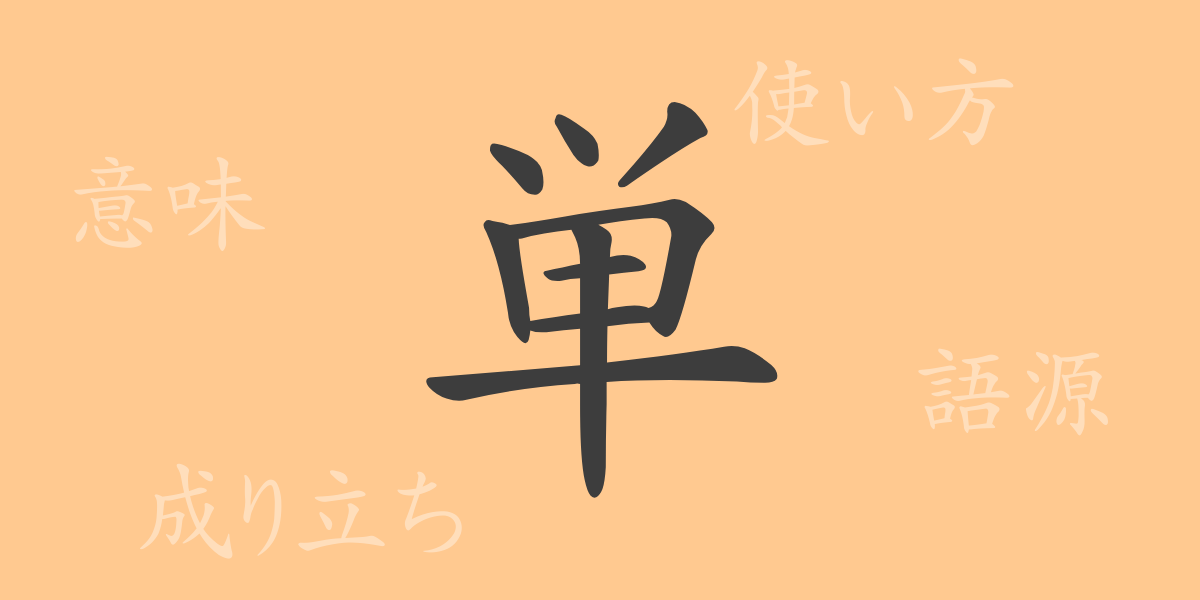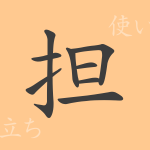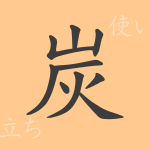The beauty of Japanese lies not only in its spoken language but also in its written characters. Each kanji has its own history, and each symbol is imbued with deep meanings. ‘単’ (タン) (tan) is a kanji frequently encountered in daily life, yet its origins and various usages might be less known. This article delves into the etymology, usage, and extends to phrases and proverbs involving ‘単’, exploring its rich attributes.
Origins of ‘単’ (タン) (tan)
The kanji ‘単’ originates from ancient Chinese oracle bone scripts. Originally written as ‘單’, it combined ‘羽’ (feathers) with ‘糸’ (thread) under a horizontal stroke, representing bundled feathers. This imagery evolved to symbolize simplicity and singularity, leading to meanings like ‘single’ and ‘simple’.
Meaning and Usage of ‘単’ (タン) (tan)
‘単’ is commonly used to denote ‘single’ or ‘simple’ as in ‘単一’ (single) and ‘単純’ (simple). It is also used adverbially in ‘単なる’ (merely) and ‘単に’ (simply) to emphasize a point. Additionally, it appears in economic and academic contexts as in ‘単価’ (unit price) and ‘単位’ (unit or credit).
Readings, Stroke Count, and Radical of ‘単’ (タン) (tan)
‘単’ is versatile in its readings and structural complexity:
- Readings: On’yomi ‘タン’ (Tan), Kun’yomi ‘ひとえ’ (hito-e)
- Stroke Count: 9 strokes
- Radical: ‘卩’ (ふしづくり) (fushi-zukuri)
Phrases and Proverbs Using ‘単’ (タン) (tan) and Their Meanings
‘単’ is found in numerous idioms and proverbs, offering a range of expressions:
- 単刀直入 (たんとうちょくにゅう) (tantou chokunyuu): To speak directly and to the point.
- 単純明快 (たんじゅんめいかい) (tanjun meikai): Something that is simple and clear.
- 単なる見込み違い (たんなるみこみちがい) (tannaru mikomichigai): Merely a misunderstanding.
Summary on ‘単’ (タン) (tan)
The kanji ‘単’, with its straightforward form, embodies a variety of meanings. As a common kanji in Japan, it is used extensively from economics to everyday conversation. This article helps deepen understanding of ‘単’, enriching your expression in Japanese through its historical depth and versatile applications.

























